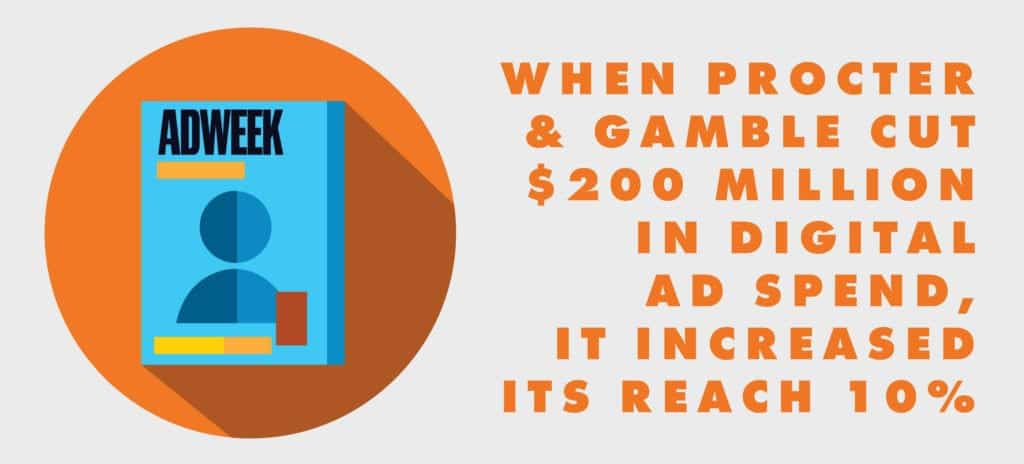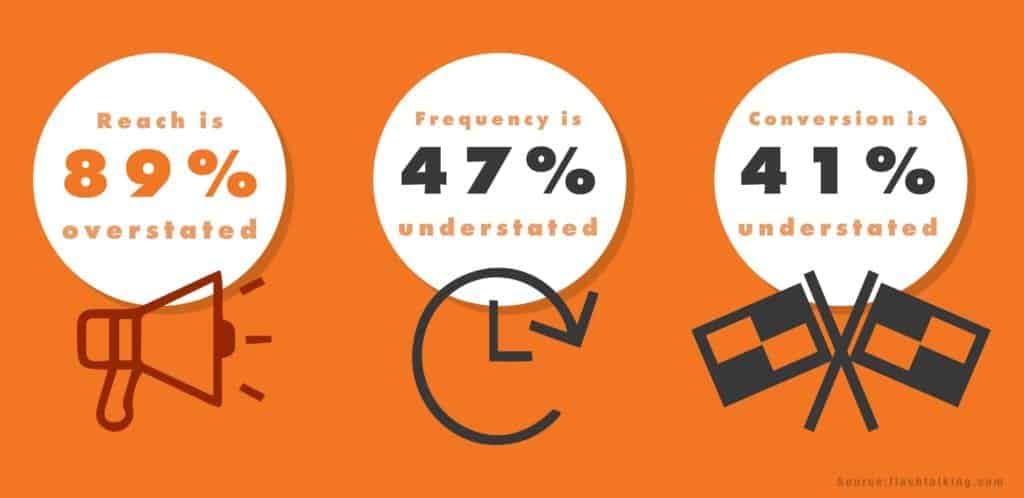Master The Power of AI and Data Insights
Gone are the days of running a few big, bold spreads in a popular magazine or launching a digital homepage takeover on a few high-traffic publisher...
5 min read
Dan Potts : Nov 18, 2019


As we move toward 2020, the digital media industry is in the midst of a walk-back of a historic over-promise: the ability of simultaneously delivering high precision in both ad-delivery and measurement. Now, there is a welcome correction upon us that will bring us back to the basics of measuring advertising effectiveness. One that trades the zeal for precision for the mundaneness of relative accuracy and a path toward incremental improvement of advertising over time. How did we arrive here?

Invest in a CDP (Customer Data Platform) and build out your own proprietary audience segments. This may mean not relying on agencies to do the essential work of audience definition with little to no oversight. It may also mean controlling the process by which audiences are defined and improved over time.
Audience Planning is a critical strategic function which forces organizations to think through their approach to building 1st-party data assets, who to partner with to obtain highly productive 2nd-party data assets, and which 3rd-party sources are remotely worthwhile. In other words, it’s a must if you’re looking to compete effectively.
Marketing automation is about providing a great consumer experience, at scale. It matches known-state consumers with highly relevant messaging that enhances customer satisfaction and grows life-time value: two things that you can measure without cookies.
Investment in Marketing Cloud platforms to aid in scaling better consumer experiences has been a marketing investment trend in 2019 and will continue to be a growing trend in 2020. If you are not looking at marketing automation via marketing cloud platforms, you should be.
The vast amounts of data generated by modern marketing has moved the discipline out of the realm of human scale endeavors. The challenge that most marketers have is determining where to begin. We would suggest starting with individual ad unit and copy performance in paid search and social media (creative focus). This area is relatively self-contained and provides an excellent opportunity to get your feet wet.
You can then move up the ladder of sophistication from media-auction bid management (media focus) all the way up to marketing mix modeling, and even product launch analysis (market focus). The applications are endless, it’s a matter of determining where machines are best utilized within your organization (repetitive analysis tasks, identifying trends in vast data stores) versus humans (planning, idea generation, concept application, etc).
Your agency should already be applying machine learning to your business. You can begin by understanding how those work, then gradually prioritize from there. Applying machines for creative effectiveness, media optimization, audience and market analysis, and measurement are all highly active practices moving into 2020. That means your plan needs to get in on it too.
It’s no surprise that the cookie-based digital media order is collapsing. You’ve probably already seen deterioration in the performance of your e-commerce retargeting campaigns, and in your ability to target audiences based on 3rd-party data (in-audience composition). And it’s safe to say this will not be improving.
The truth is there is no current viable alternative to cookie tracking that provides comparable reliable results for advertisers looking into metrics for measuring ad campaign effectiveness. Industry pundits and vendors do not seem to want to say this because it risks making them appear unsmart for not having an answer. It is, however, the truth. This is why you need to swim toward the light and prepare your organization for cookie-related measurement deterioration.
What are smart marketers doing? They are Investing in building first-party data assets from which to model audience targeting and testing modeled solutions around which to build delivery, tracking and measurement. This involves settling on a probabilistic model that works well for your organization after a validation period.
It’s also a good idea to partner with Adobe or Salesforce to gain access to data and device graphs that no single marketer can build on their own. Adobe’s Open Data Initiative, in partnership with Microsoft and SAP, is an example of a valuable asset that these partnerships can provide for marketers. The unified data wellspring that Adobe, Microsoft, and SAP can bring to the table will attract marketers seeking to create new valuable customer connections. You’ll need these types of partnerships to effectively compete, as cookies continue to fade as a source of identity.

Try not to be distracted by any metric that is not LTV:CAC or purchase intent. Nobody wrings their hands over television commercial view completion rates or view time percentages. So don’t spend insane amounts of time looking at tactical sub-metrics just because you can (video views, followers, likes, page views, % completion, etc.)—that’s what machine learning is for. Your job is to put in place a measurement system that holds advertising accountable to what matters in the C-suite (the C-suite doesn’t care about CTR’s).
A focus on marketing outcomes, is also why marketing cloud platforms and CDP’s are receiving more investment moving into 2020, particularly ones that can ingest organizational financial performance data as well as marketing data.
I know what you’re thinking, this all sounds expensive and time-consuming. But what may truly cost you more is continuing to accept plans with an 89% over-statement of your reach, a 47% under-statement of your frequency, and dropping further behind your competitors who are already moving ahead in these areas. So consider building these 5 practices into your 2020 planning, and you’ll be in a stronger position to compete.

You can do it. You must do it.
Got Marketing Cloud? Read about BCM’s Journey from early digital agency leaders to Marketing Cloud activation experts.

Gone are the days of running a few big, bold spreads in a popular magazine or launching a digital homepage takeover on a few high-traffic publisher...